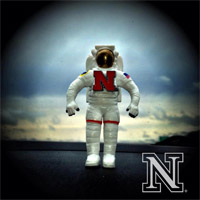Law, College of

Space, Cyber, and Telecommunications Law Program: Faculty Publications
Date of this Version
2010
Abstract
Cynics would say: space lawyers must have been waiting for this for decades, and now will of course immediately call for additional regulation. But indeed, the recent collision between the Cosmos 2251 and the Iridium 33 satellite, the first time since the Cosmos 954 disintegrated over Canada that the Liability Convention stands a chance of officially being invoked, raises a number of issues regarding the applicability of that Convention, and the level of precision with which it can be applied.
The present paper undertakes a critical analysis of some of these issues. Notably, this concerns the involvement of a commercial satellite run by a private operator in the collision (the Liability Convention providing for a very much state-oriented liability regime), the issue of 'fault' as determinative of the level of liability of the two principal states involved in the collision, and the concept of 'space debris' - as Cosmos 2251 was apparently non-operational and out of control for more than thirteen years - and what to do with it legally, in terms of liability as well as otherwise.
In view of the gradually growing population of outer space with manmade artefacts the Cosmos 2251-Iridium 33 unfortunately but very likely will not be the last too-close encounter of this third-party kind. And cynics or not, lawyers will have to address the extent to which the current space law regime may need elaboration and refinement to deal with such incidents in the optimal fashion.


Comments
Published in the Proceedings of the International Institute of Space Law 2009: 199-209. IAC-09.E8.3.1. Copyright 2010, Frans von der Dunk. Used by permission.